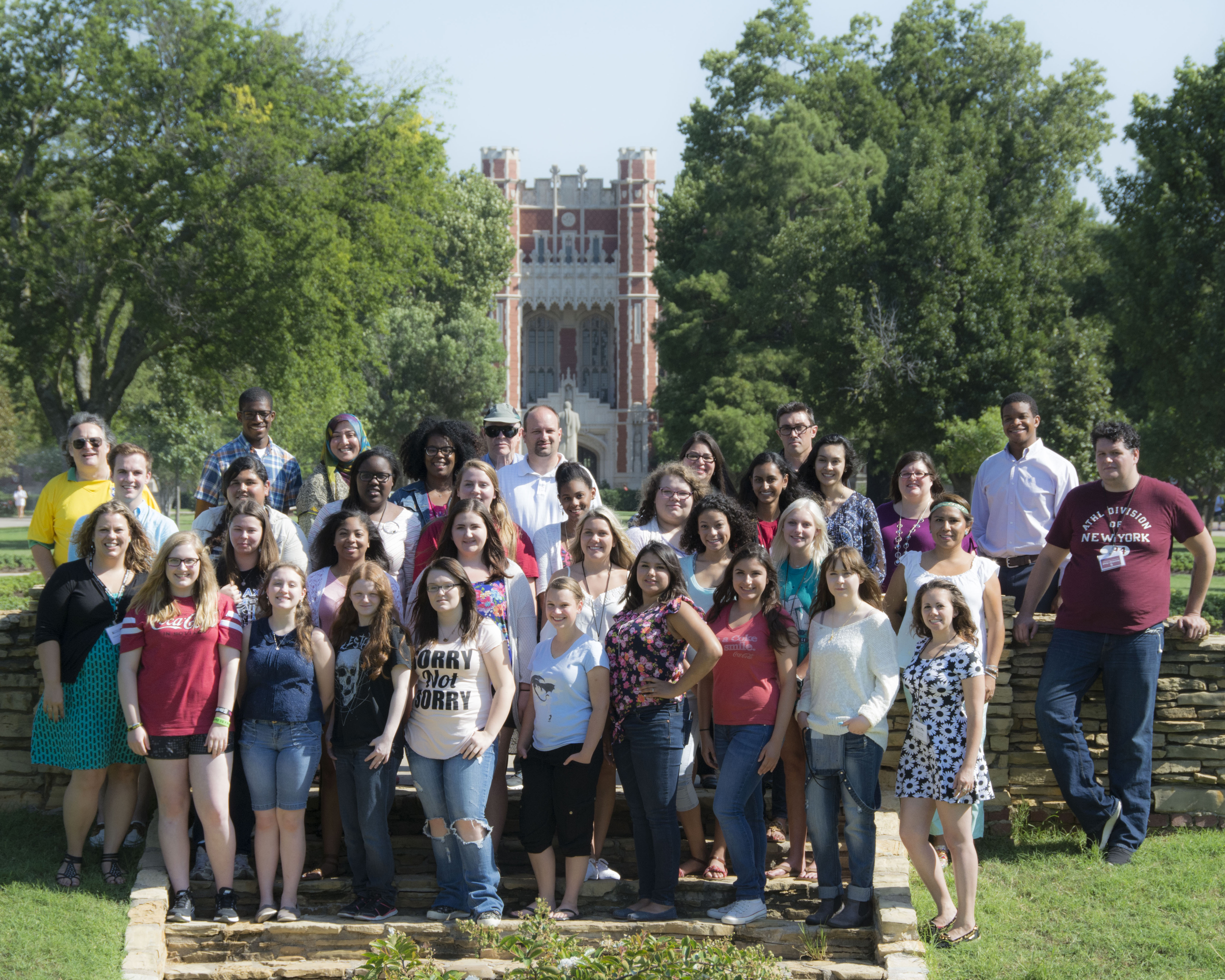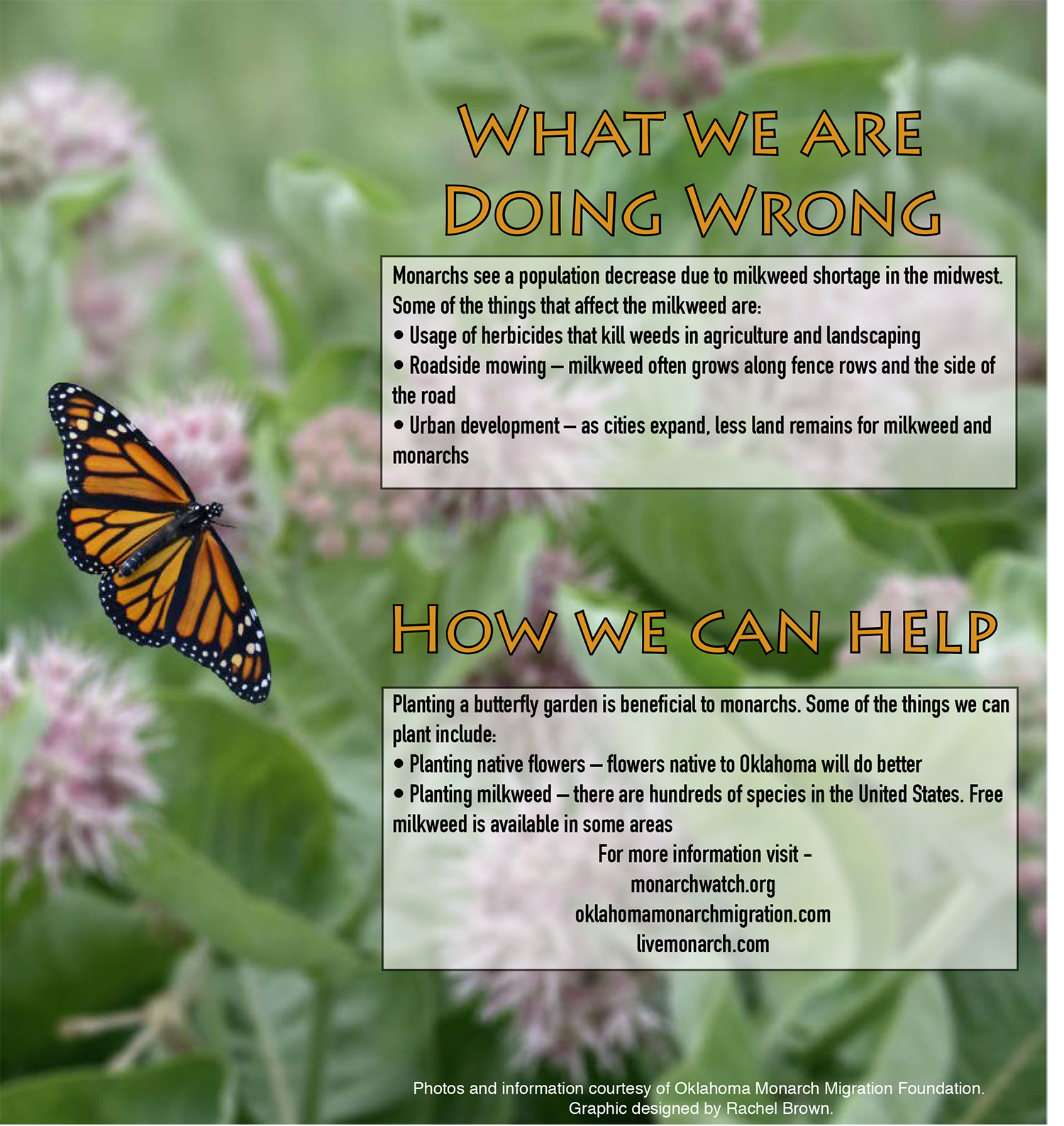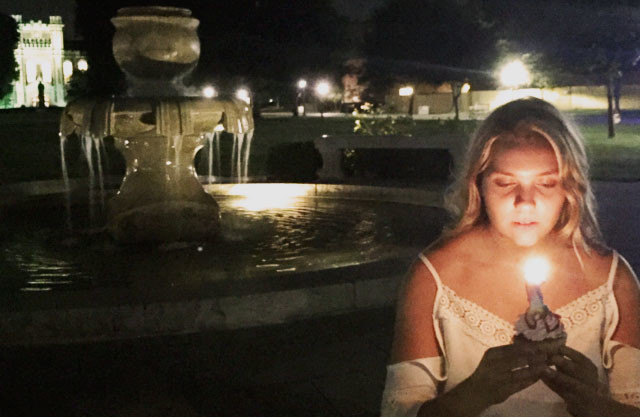“For many years the animals had no control of fire. They, of course, had always seen the forest fires and the lightning. They knew that the fire was powerful, beautiful and dangerous. … The little water spider watched the others, and she quietly thought, ‘All these animals want the fire badly, but something is missing. The thing is preparation. We must prepare if we are really to get and keep the fire. …’
She needed something to carry out the fire so it wouldn’t get wet, so she wove a little basket to carry the fire. She carried the little basket on her back and began to walk across the water to the base of the burning tree. She seized some hot coals to put in her basket, put the basket of coals on her back, and carefully came back across the water. … But the coals had burned through a place in the basket and the lowly water spider, who prepared and risked herself, carries a basket on her back and the mark of the fire still today.” — Excerpted from “How The Water Spider Captured Fire,” from http://www.native-languages.org.
This excerpt from a traditional Cherokee story happens to be one of Dr. Jerry C. Bread’s favorites. Bread, the community outreach and recruitment coordinator in the Native American Studies Department at the University of Oklahoma, is Cherokee and Kiawah, and his beliefs are very important to him.
“Storytelling is a means of delivering oral history” for families and communities said Bread. He added that he believes storytelling is one of the primary means of teaching “in perpetuation of identity.”
 Cherokee stories will find a wider audience during a session on storytelling at the Martin Park Nature Center at 6:30 p.m. July 31, at the Nature Center, 5000 W. Memorial Rd. in Oklahoma City. There is no charge to hear Dr. Leslie Hannah tell nature stories and myths from his native Cherokee, or Tsa-la-gi, tradition.
Cherokee stories will find a wider audience during a session on storytelling at the Martin Park Nature Center at 6:30 p.m. July 31, at the Nature Center, 5000 W. Memorial Rd. in Oklahoma City. There is no charge to hear Dr. Leslie Hannah tell nature stories and myths from his native Cherokee, or Tsa-la-gi, tradition.
The roots of the stories come from different places. There are two possible sources for these stories, family and tribal, Bread said. Family stories are private, but tribal stories are shared with others.
“The emphasis of Cherokee [stories] is working together, or Ga-Du-Gi,” he said.
Cherokee stories help the tribe teach young people about values and their native language. Bread said the purpose of these stories were to maintain and sustain traditions through generations.
These stories also have values that Cherokees follow, such as:
- Respect for all life
- Harmony
- Cooperation
- Assistance
- Self respect
- Self esteem
- Pride
A lot of the stories are based on keeping the community together, Bread said. They use different themes to explain life, pride and identity.
“Storytelling’s the energy that keeps them [the Cherokee people] alive,” he added.
Bread said Cherokee and English stories have a similar understanding of life and values.
“Cherokee stories are used to instill and maintain values,” Bread said.
*To read the full version of “How The Water Spider Captured Fire,” go to http://www.native-languages.org/cherokeestory7.htm





